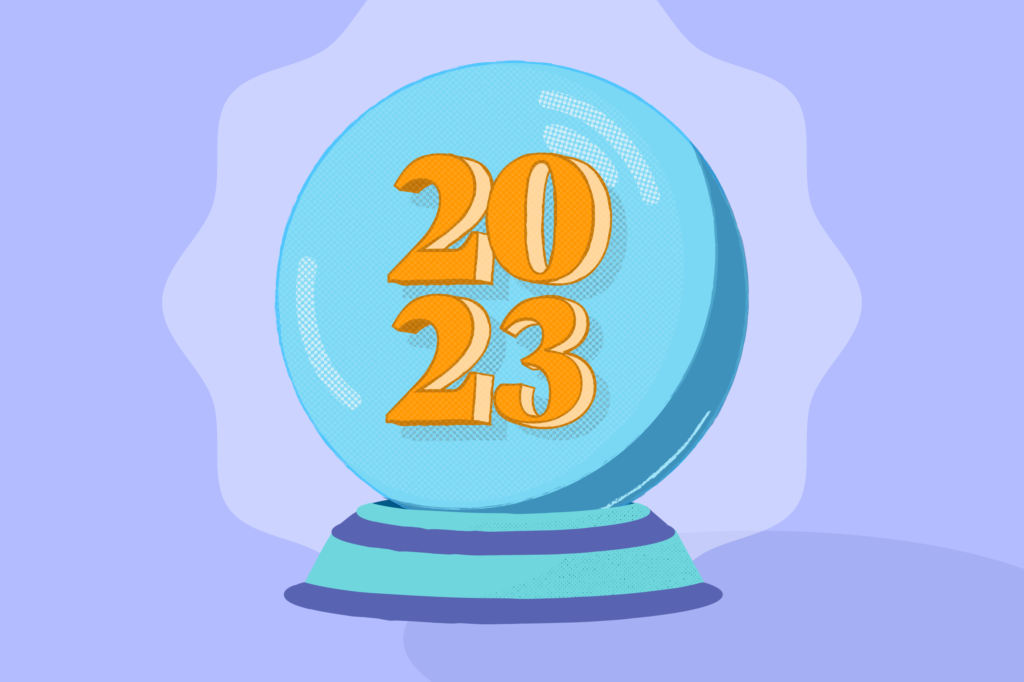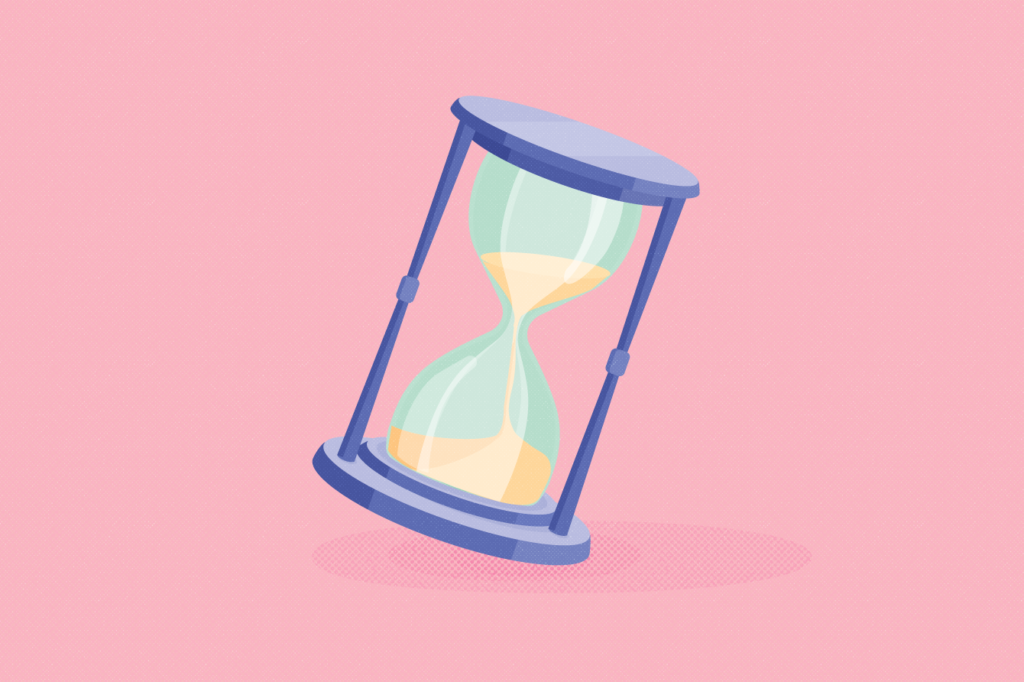I’ve been writing about different ways that your Callback solution should be configured and customized to improve the caller experience. In my blog post 4 Ways to Improve Callback Efficiency, I note where to place the callback option in your routing, when to offer the callback within the call, what to say to callers, and how to treat the return call. In my blog post 10 Ways Callback Creates a Better Customer Experience, I list 10 best practices of customizing your solution to ensure a positive customer experience.
But what about other customizations? As the saying goes, “it’s the little things in life that matter”. A dynamic, feature-rich callback solution, such as VHT Callback, allows a user to customize their solution in an abundance of ways. Considering that most customers are different, and have diverse needs, employing a solution that can meet those needs should be your number one priority.
Below is a list of additional features, sometimes considered secondary, that can be configured to satisfy even the most demanding callers:
1. I would like to adjust when I offer a callback during a holiday.
Typically, companies will have shortened hours during a holiday, or possibly even be closed. If your contact center has shortened business hours, you probably want to alter when the callback option is offered. Sure, you can make the adjustment manually. But wouldn’t it be much more advantageous if your call back software was intelligent enough to make the change for you automatically?
2. I’d like to stop someone from requesting additional callbacks if they already have a callback pending.
Some callers know how to beat the system. That’s just a fact of life. For example, someone might request a callback from your system, hang up and call back in a minute or so hoping they get a shorter wait time. If they get lucky and do, they will probably request another callback. Now they have two callbacks pending. Your system calls them back, they answer, get transferred to an agent, and get their question answered or issue resolved. Since they have a second callback pending, your system calls them again. This time, they are wondering why you called them again after they already spoke to an agent. So, they answer and get transferred to an agent. The conversation most likely will go like this:
Agent: Hi Mr. Jones, how can I help you?
Mr. Jones: I don’t know, you just called me.
Agent: But you requested this callback, sir.
Mr. Jones: I just talked to someone there.
Agent: Well, I see you requested two separate callbacks, so we are calling you back.
Mr. Jones: Look, I can request 100 callbacks. If I talk to you once, I obviously don’t need to talk to anyone again, SO STOP CALLING ME!
Obviously, you don’t want your agents to have to experience that type of call. Wouldn’t it make sense to employ a callback system that could alleviate that scenario by not allowing a caller to request multiple callbacks if they already have a callback pending in the system?
3. I wish I had the ability to customize my callback main menu.
In my previous blogs in this Callback Best Practices series, I talked about the importance of understanding your caller’s thought process and knowing where to place the callback option. This holds true for knowing how to configure your callback’s main menu, and what options to offer. Some caller’s, those who are typically technologically savvy, will opt for a callback, trusting the technology to actually call them back. Unfortunately, too many other callers do not trust technology and therefore will prefer to hold for an agent. Knowing this, wouldn’t it be wise to not just offer the callback option in the main menu, but also offer the option to hold for an agent, or possibly even schedule a callback if your system provides that capability?
4. Some of my customers call from an office environment that has one main office number. I wish I had a way that they could request a callback that could route directly to them.
If someone who works in a doctor’s office, an insurance agency, or a pharmacy wants to request a callback, why limit their ability to do so just because the office only has a main number? Shouldn’t they have the same opportunity to have your system hold their place in line so they don’t have to wait on hold? Unfortunately, not enough callback solutions allow this capability. The solutions that do provide this feature will not only ask for the caller’s phone number, but also ask them to enter a direct extension so that when the callback is made, the solution will subsequently dial the extension and the callback will route directly to the requestor. How’s that for great customer service?
5. Our Contact Center has issues with callbacks sometimes stacking up at the end of the day, and we often panic when it nears closing time. I’d love to have a feature that would automatically control when I stop offering the callback option.
Key word in this scenario is “automatically”. Too many callback solutions require the user to manually make changes to settings if the environment changes, if they are allowed to do so at all. Your more reputable solutions, however, will provide the capability to configure the system to automatically change its behavior on the fly. One of those features will allow you to stop offering the callback option prior to your queue closing for the day, say 1 hour prior. This would allow the solution to fulfill those requests already in the system, while not allowing new callers to request a callback. However, that is not always fail-safe.
For example, if your center closes at 8:00 pm, but you stop offering callbacks at 7:00 pm, there is the possibility that a spike in call volume has significantly increased the hold time. If that hold time surpasses one hour towards the end of the day, the feature of stopping callbacks one hour prior to your close time could be rendered useless. A caller could enter your queue at 6:59 pm and request a callback, even if the hold time is two hours. This could result in that caller not receiving their callback at all, or receiving it the next time your queue opens, most likely the next day.
A safeguard component that a robust callback solution offers is having the solution compare the wait time to your queue’s close time. If that wait time goes beyond the close time, the callback will not be offered. This would eliminate the possibility of callbacks not being made when promised, or worse yet, not at all because your queue closed. I would think you would want that type of intelligent callback solution so somebody would not be tasked with being the watchdog towards the end of every day, wouldn’t you?
6. I wish my callback solution could stop quoting such a high wait time to my callers.
With the ever-evolving and growing popularity of social media, bad customer experiences seem to be increasing on a daily basis. Or at least more of them are being exposed for all to see. Waiting on hold is certainly one of those bad experiences. A component of waiting on hold is hearing what the wait time actually is. Psychologically, if a caller is told their wait time is an hour and a half, their perception of your company plummets. In today’s society, callers expect to at least hear how long they have to wait to speak to you. With today’s technology, however, you should be able to dispel some of those negative connotations of long wait times by controlling how that wait time is spoken to your callers. Wouldn’t telling your caller their wait time is “Over 30 minutes” be easier on their ears than “Your wait time is one hour and 45 minutes”?
7. I allow my callers to schedule their callback for a later date and time. It would be beneficial if I could allow them to reschedule their callback in case they became unavailable to speak to my agent.
Life happens, I get it. We have to deal with that fact daily. So do your callers. When you provide the capability to your callers to schedule a callback for a later date and/or time, you are providing a unique experience to them. But why stop there? It’s possible that if I scheduled a callback with your company for tomorrow at 10:00 am, something may come up at that time that stops me from being able to speak to a representative. Instead of making me cancel my scheduled callback, and calling in again to schedule another, why not let me reschedule my callback when I receive my original scheduled callback?
8. My customers sometimes complain that when they tried to schedule a callback, the system kept telling them that the timeframe they chose was not available, and they had to keep guessing when there was an available time.
Have you ever called a company and tried to use their IVR system to achieve an outcome, say paying your bill, hearing your balance, or canceling a service? If so, chances are you have run in to an IVR that is very confusing, very complicated, or possibly very full of dead-end choices. Frustrating, isn’t it? Why put your callers through that as well? If they want to schedule a callback with your company, but the timeframe they choose is not available, take the guessing game out of the equation for them by telling them the next available times that are available. Not many callback solutions can provide that ability. Shouldn’t you want the one that does?
Not all people are created equal. Well, not all callback solutions are either. Because your callers do not have equal needs, you are going to want the ability to meet those needs in a variety of ways. A robust callback solution can be the start. So, let me ask you this (and I promise, this is my last question…in this article), shouldn’t you demand a callback solution that is intelligent enough, robust enough, customizable enough to ensure you cover almost every possible scenario that would create the best possible customer experience that your callers deserve, and most likely paid for?





